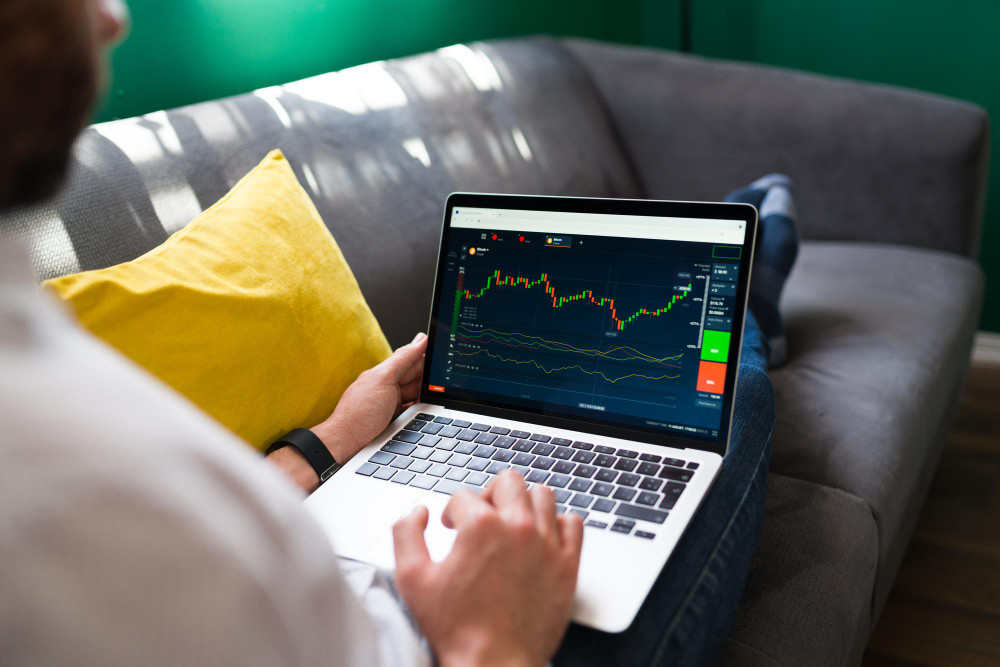
Praveen
 0 comment
0 comment
 14 Jul, 2025
14 Jul, 2025

In today's fast-paced digital economy, trading has become more accessible than ever. From mobile apps to social media influencers talking about the next big stock, trading is no longer reserved for Wall Street elites. But what exactly is trading, and how can you get started?
Trading refers to buying and selling financial instruments—like stocks, forex, cryptocurrencies, commodities, or derivatives—with the goal of making a profit. Traders look to take advantage of short-term price movements, unlike long-term investors who hold assets for years.
There are various types of markets and trading styles:
Stock Trading – Buying and selling shares of public companies like Apple or Tesla.
Forex Trading – Trading currency pairs like EUR/USD or GBP/INR.
Crypto Trading – Trading digital assets like Bitcoin, Ethereum, or altcoins.
Commodities Trading – Trading raw goods like gold, oil, or coffee.
Options/Futures Trading – Using derivatives for speculation or hedging.
While both involve the financial markets, investing is about long-term wealth building. You buy assets and hold them for years, sometimes decades.
Trading, on the other hand, is more about:
Timing the market
Reading price patterns
Making multiple trades weekly or daily
Managing short-term risk for quicker returns
Trading is largely based on supply and demand, news, sentiment, and technical indicators. Here’s a simplified breakdown:
Choose a Market – Stocks, forex, crypto, etc.
Analyze the Market – Use either fundamental or technical analysis.
Make a Trade – Buy (go long) or sell (go short).
Manage Risk – Use stop-loss, take-profit, and position sizing.
Exit the Trade – Based on your target or market reversal.
Platforms like Zerodha, Upstox, Binance, TradingView, and MetaTrader have made this process beginner-friendly.
Scalping – Quick trades lasting seconds or minutes.
Day Trading – Buying and selling within a single day.
Swing Trading – Holding positions for days or weeks.
Position Trading – Long-term trades based on macro trends.
Choose one based on your time, risk appetite, and capital.
Charting Platform – Like TradingView or MetaTrader
Risk Management Plan – Never risk more than 1–2% per trade
Strategy – Clear entry and exit rules
Discipline & Patience – The real edge lies here
Continuous Learning – Markets evolve, and so must you
Trading without a plan
Ignoring risk management
Letting emotions control your trades
Overtrading or revenge trading
Falling for “get-rich-quick” traps
Trading isn’t gambling—it’s a skill. With the right education, tools, and mindset, it can become a profitable side hustle or even a full-time career.
But remember: start small, stay consistent, and never stop learning.
Whether you're interested in trading for income or to supplement your investments, this journey begins with a single step—and that step is knowledge.
Praveen
0 comment